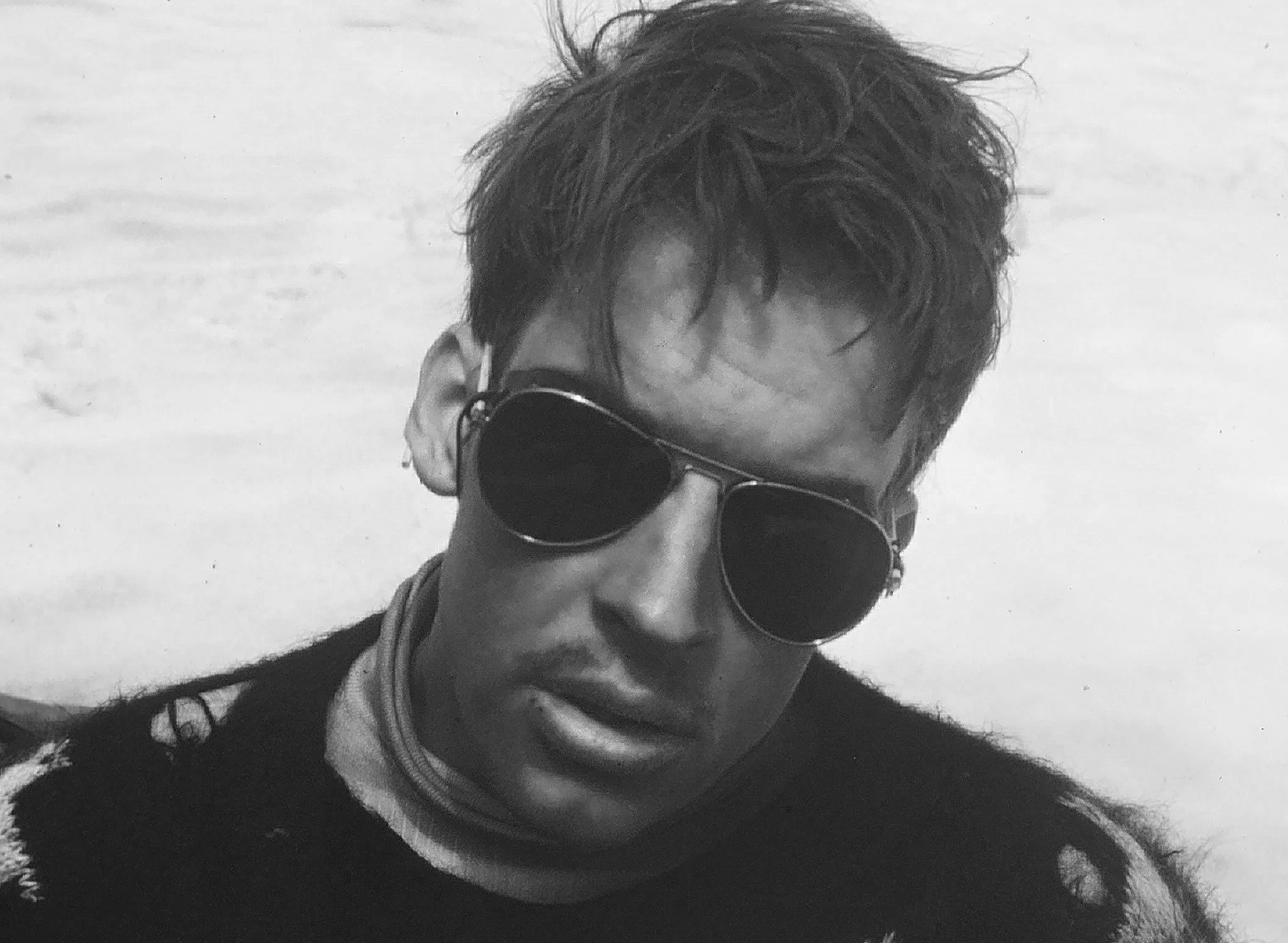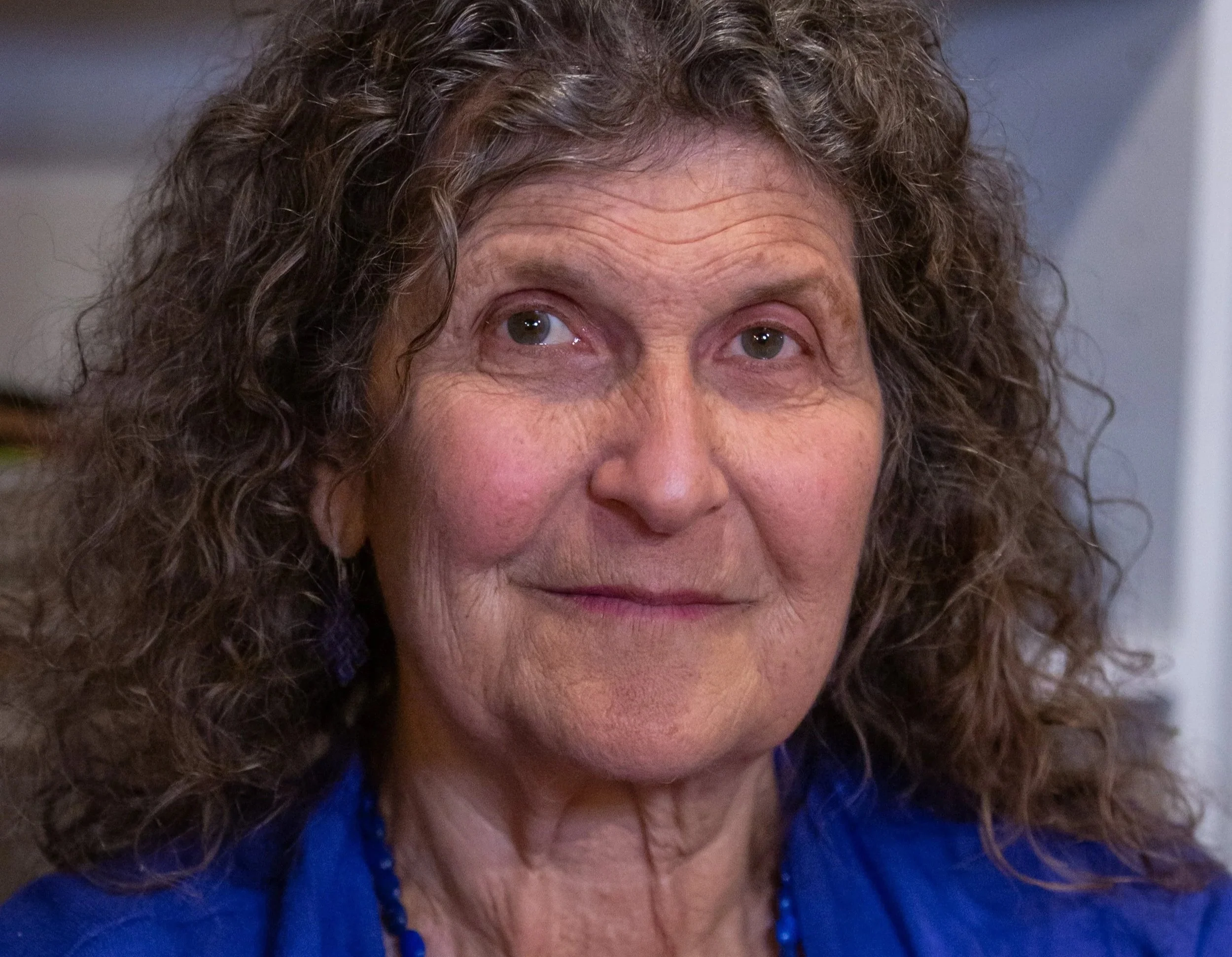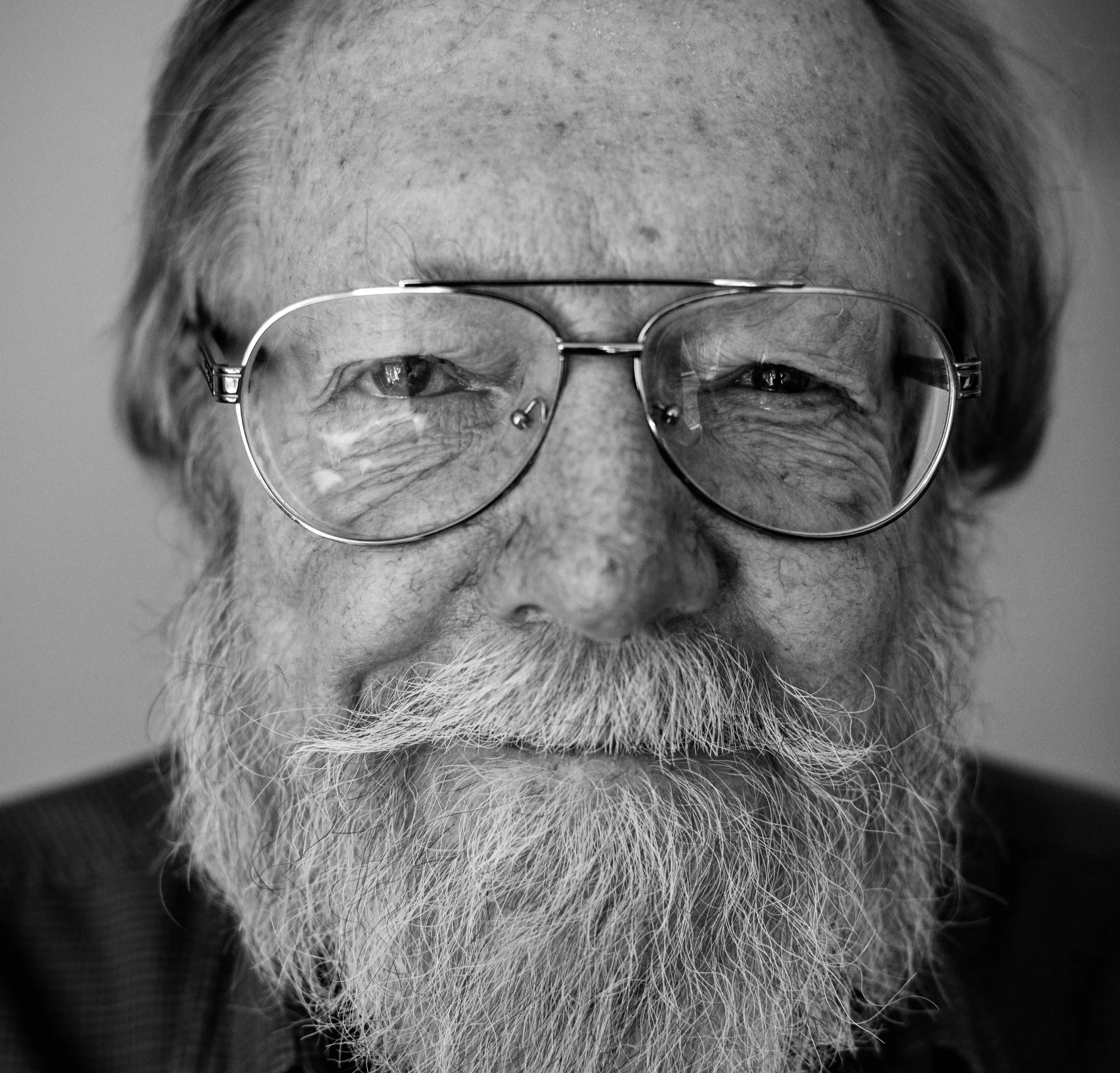
AMERICAN ALPINE CLUB
The Legacy Series
The Legacy Series is a long running collaboration with the American Alpine Club to document the history of American climbing through films, podcasts, interviews and more.
Jamie Logan
When Jamie Logan pioneered some of the most challenging alpine and rock climbs of the 1960s and '70s, she went by the name Jim. Now in her 70s, Jamie has transitioned to a woman and reflects on her career in the vertical world.
George Lowe
From first winter ascents of the Tetons’ highest peaks in the 1960s, Lowe moved on to cutting-edge climbs in Canada and Alaska in the 1970s, including the north faces of Mt. Alberta and North Twin in the Rockies and the Infinite Spur of Mt. Foraker in the Alaska Range. In the early ’80s, he was instrumental in the first ascent of the extremely difficult Kangshung Face of Everest. At age 79, George shares his thoughts about his long and illustrious climbing career and the humility and companionship it takes to survive and excel in the mountains.
The Uriostes
Jorge Urioste was a priest from Chile; Joanne a headstrong young climber. They were climbing together constantly, and then one thing led to another, and they were kissing in a bivy cave in the Gunks. Their marriage and lifelong commitment to climbing would produce some of the most notable multi-pitch classics of Red Rock, including Epinephrine, Prince of Darkness, and Levitation 29, among many others. They broke a lot of climbing's rules at the time—including bolting, but also publishing a guidebook on the "sandstone junk" that others perceived Red Rock climbing to be. This is their story, a long overdue tribute to their legacy in climbing.
Jack Tackle
Jack Tackle was a van dweller before he became a climber, but on that first day, he was hooked. He loved the anarchy of the small fringe activity that was climbing, and he would go on to channel that anarchy into proud first ascents, including FA's on Waddington as well as throughout the Alaska Range. Dive into this film to hear Tackle's reflections on his mountain life, his first ascents, and what motivated him to keep pushing his technical edge.
Arlene Blum
Arlene Blum led the groundbreaking first American and first all-female ascent of Annapurna in 1978. Despite dangerous avalanches and tumultuous conditions, the team was determined to prove that “A Woman’s Place Is On Top.” And though they surely did, this groundbreaking ascent is also laced with tragedy. In this installment of the AAC’s Legacy Series, Arlene reflects on the triumphs and tragedy of their ‘78 ascent of Annapurna.
Tom Hornbein
Tom Hornbein and Willi Unsoeld 1963 ascent of the West Ridge of Everest has been described as “one of the most extraordinary accomplishments in the history of mountaineering… among the grandest adventures imaginable,'‘ by Jon Krakauer. More importantly, their ascent ushered in the modern era of mountaineering, where ascents are made fast and light, focusing more on the intrinsic value of the route than the summit itself.
Betsy White
Betsy White started climbing in 1955 at 17 years-old and has since traveled and climbed in over 60 countries, from the Americas to the Middle East, Europe to Africa, and beyond. She and her husband Gene explored the Pakistani ranges widely, having been stationed there in the 1960’s by the Peace Corps. In 1980, the only woman on a self-funded expedition to Makalu on the Nepal-Tibet border, White spearheaded a historic high-alpine rescue when a fellow climber fell ill with cerebral edema at 22,000ft.
Glen Denny
An iconic climber and photographer of Yosemite’s Golden Age, Glen Denny documented the ascents and debauchery of Camp 4’s visionary dirtbags during the late 1950s through the 1960s.







